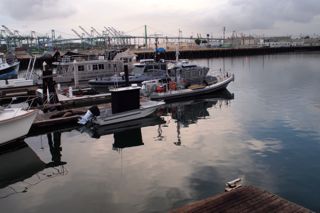
-
| 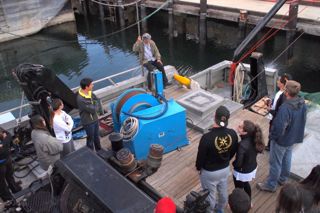
-
| 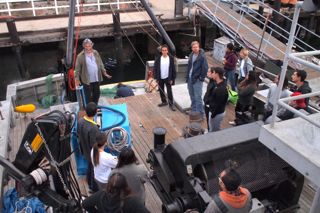
-
|
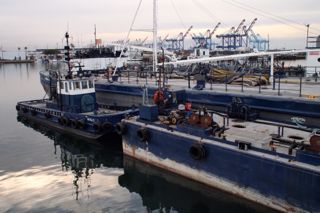
-
| 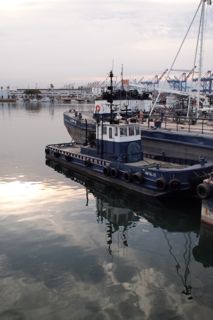
-
| 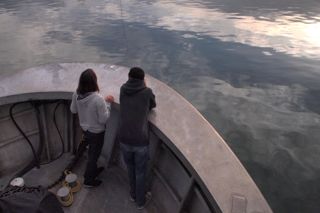
-
|
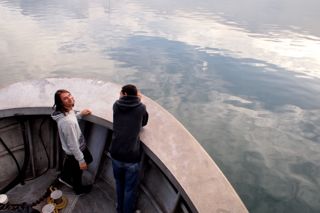
-
| 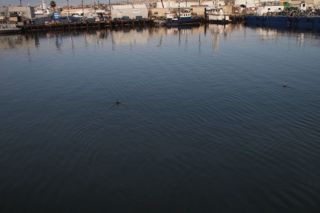
-
| 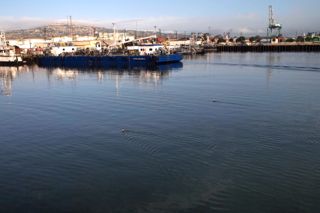
-
|
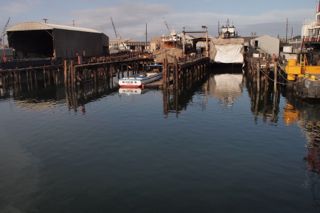
-
| 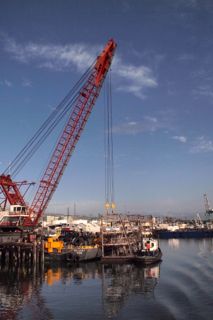
-
| 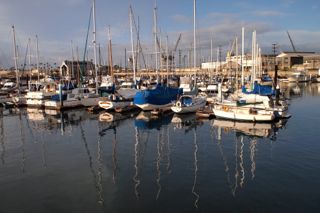
-
|
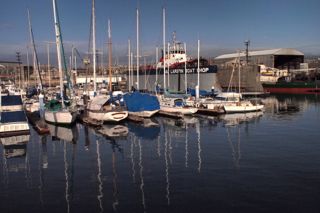
-
| 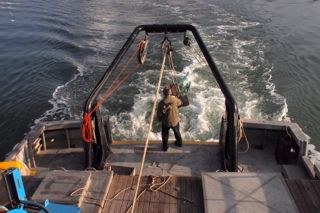
-
| 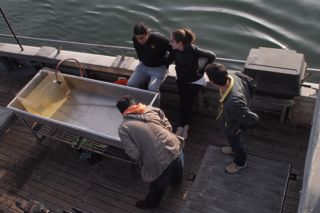
-
|

-
| 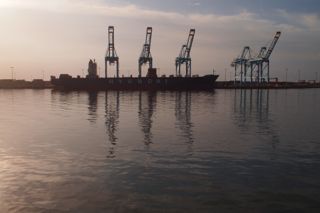
-
| 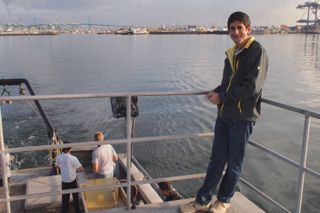
-
|

-
| 
-
| 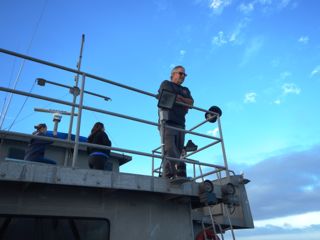
-
|
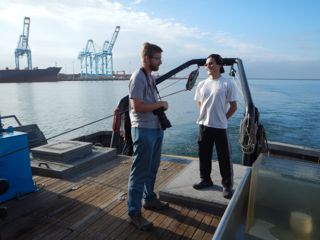
-
| 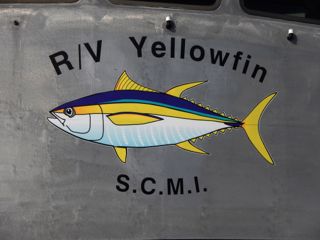
-
| 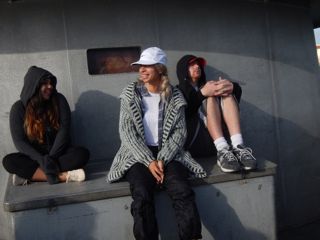
-
|
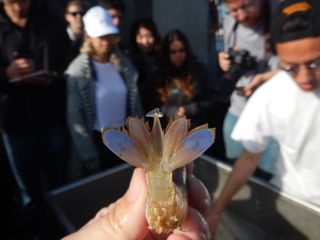
-
| 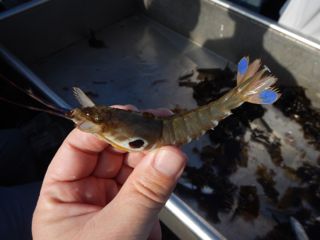
Target prawn (Sicyonia penicillata)
| 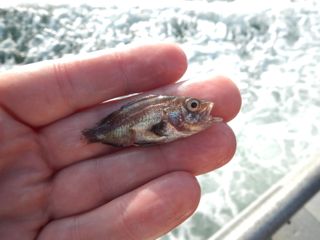
-
|
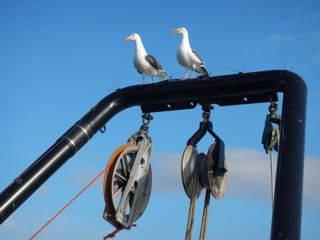
-
| 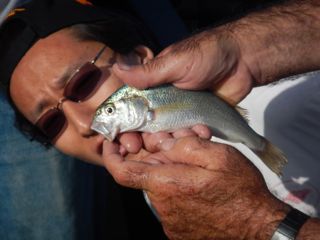
-
| 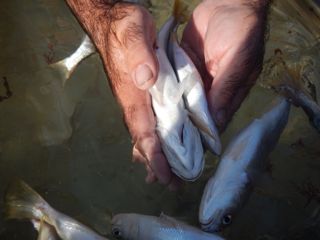
The croaker family, Sciaenidae, includes the white croaker (Genyonemus lineatus) on L
and the queenfish (Atractoscion nobilis) on R. Note how the white croaker is noticeably wider and (in other images here) has a downward facing mouth, not
anterior as in the queenfish.
|
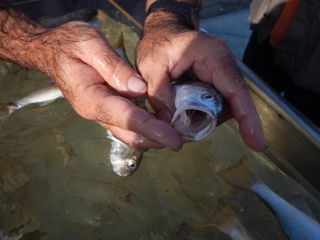
-
| 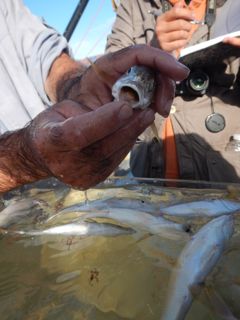
-
| 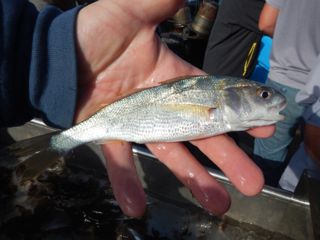
-
|
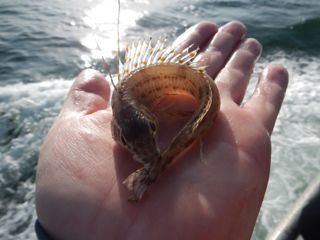
-
| 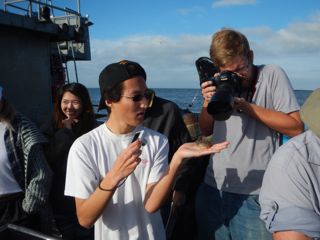
-
| 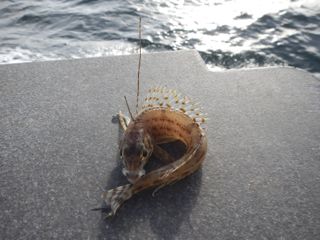
longspine combfish, Zaniolepis latipinnis
|
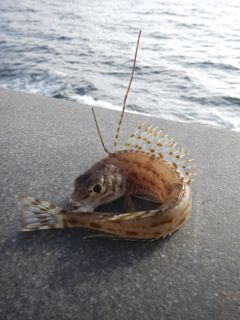
-
| 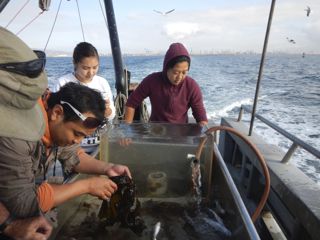
-
| 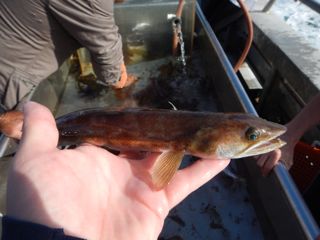
California lizardfish (Synodus lucioceps) are essentially ambush predators, sitting on the
bottom slightly propped up with their ventral fins, until a prey item comes close enough to gulp down.
|
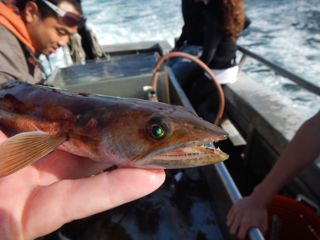
-
| 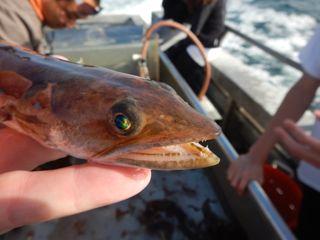
-
| 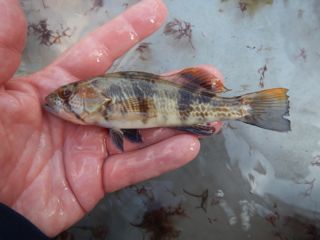
-
|
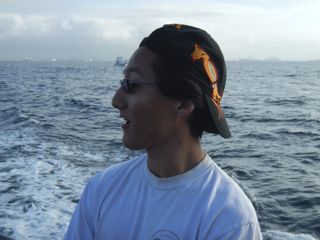
-
| 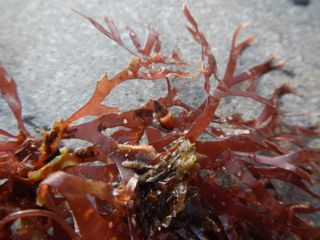
-
| 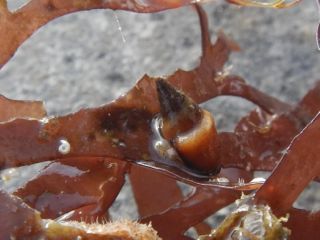
Alia carinata (formerly Mitrella carinata), or carinate dove shell, is so named because it often has
a pronounced keel. It is very common in southern California, from the intertidal to well over 20m depth. It belongs to a poorly studied family of neogastropods, Columbellidae.
|
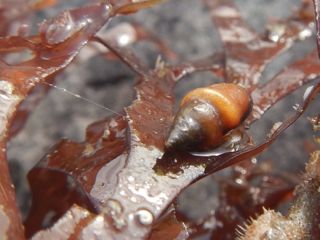
-
| 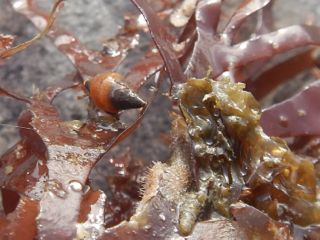
-
| 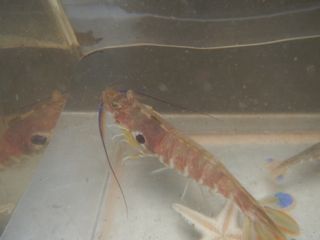
-
|
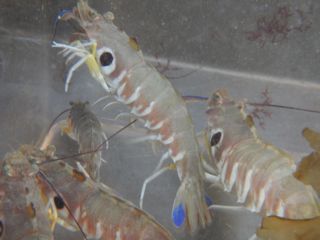
-
| 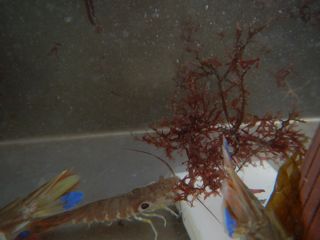
-
| 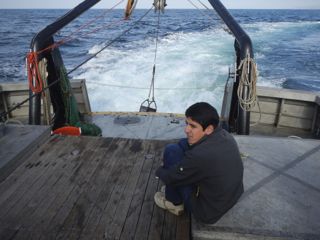
-
|
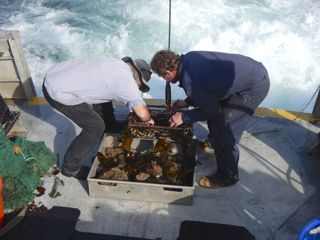
-
| 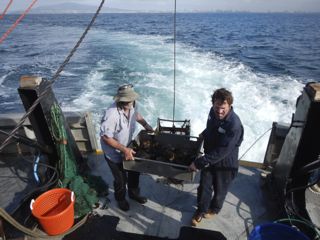
-
| 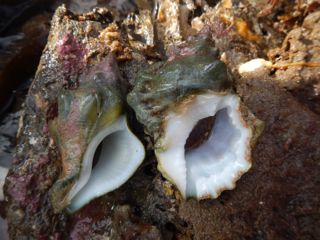
Kellet's whelk, Kelletia kelletii (L), and California frog snail, Crossata californica (R),
the latter is sometimes considered the same as the South American C. ventricosa and formerly was referred to as Bursa californica.
|
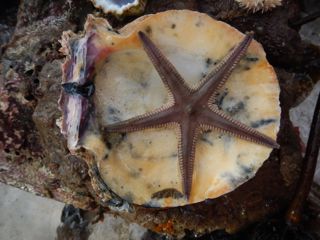
This is a sand star, probably Astropecten armatus, although there are two other
species from this genus also reported from southern California.
| 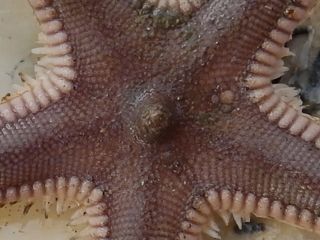
The conical outpocketing of the body in the center of the aboral surface is known as the anal cone,
and is raised above the surface of the sediment by the sea star for obtaining oxygen. See: here.
| 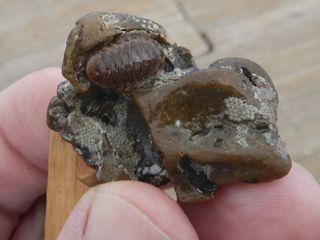
Leptochiton nexus -- We also found two Dendrochiton thamnoporus and one Mopalia "acuta"
(generally deeper of two species with that name, under revision)
|
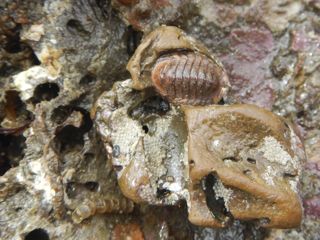
-
| 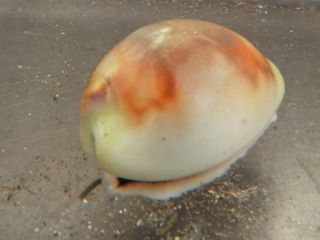
-
| 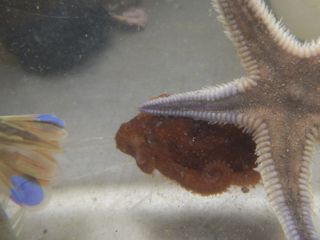
-
|
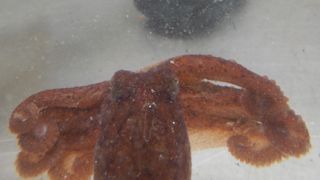
Octopus rubescens (red octopus)
| 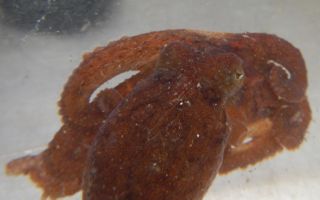
-
| 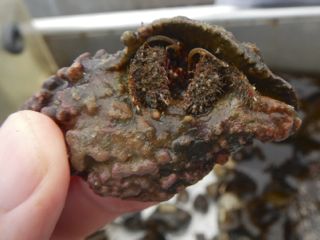
A hermit crab in Kellet's whelk shell, with an unidentified bryozoan that has colonized its shell.
The hermit crab is tentatively identified as Isocheles pilosus (moon snail hermit crab).
|
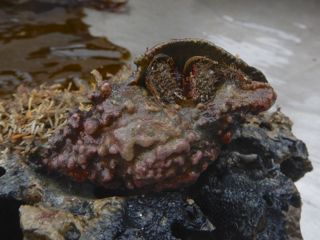
-
| 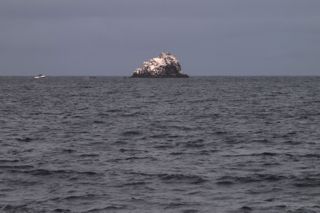
-
| 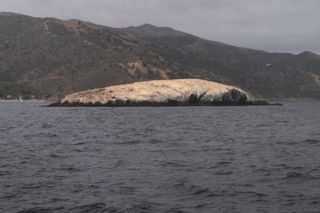
-
|
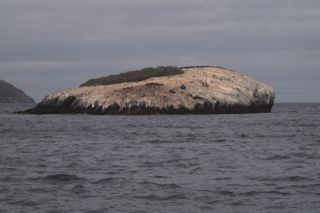
-
| 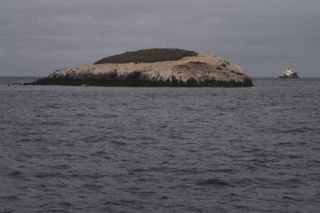
-
| 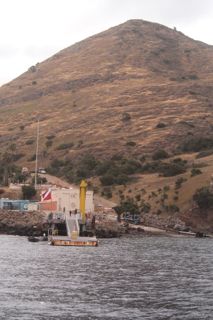
-
|
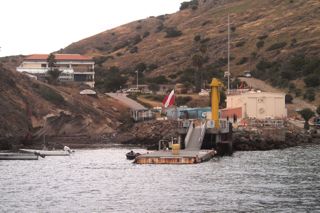
-
| 
-
| 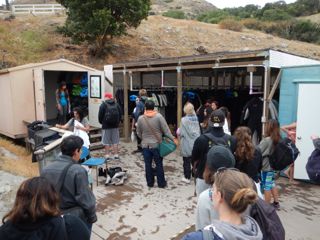
-
|
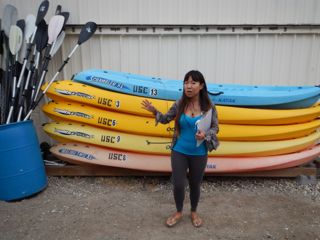
-
| 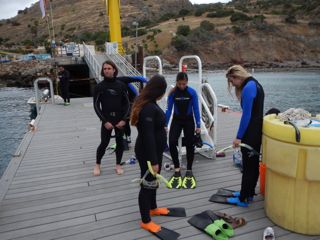
-
| 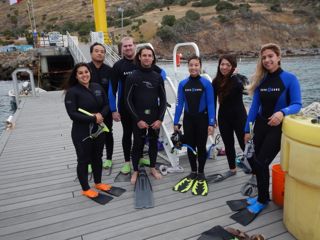
-
|
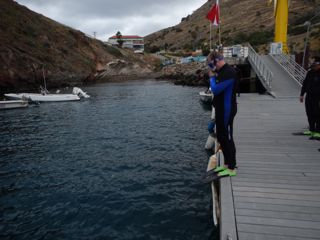
-
| 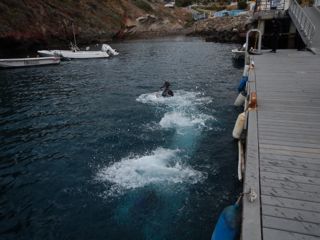
-
| 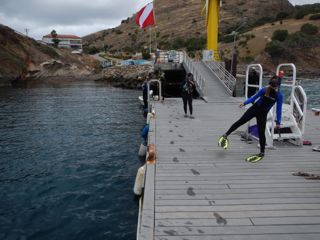
-
|
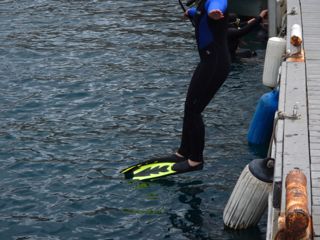
-
| 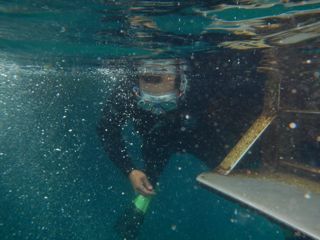
-
| 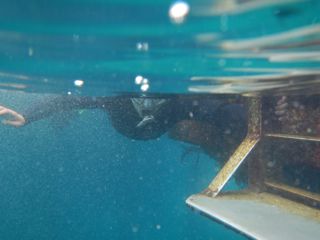
-
|
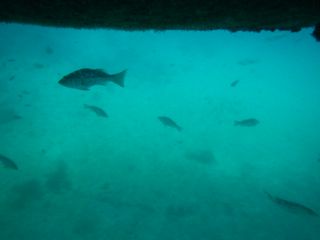
-
| 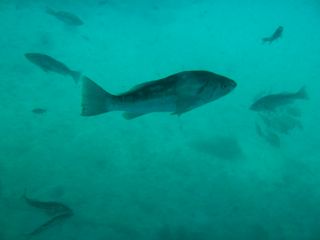
-
| 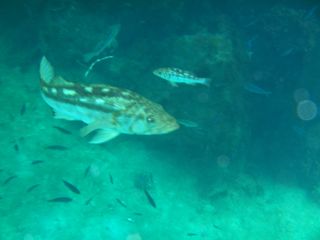
-
|
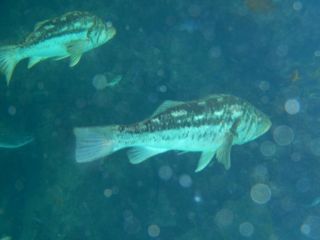
-
| 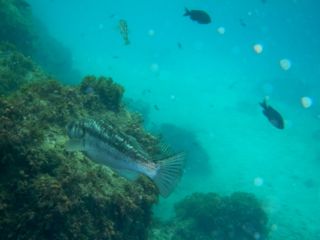
-
| 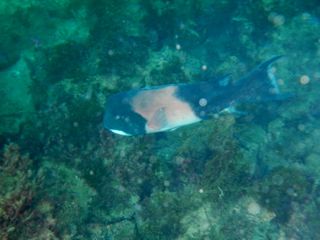
There were lots of California sheephead (Semicossypus pulcher) cruising around.
These fish first are females, and switch to males at about 35 to 38 cm in length. Because the vicinity of Wrigley Marine Science Center is a reserve, it could serve as a refuge
for sheephead to "export" to non-reserve areas. Because sheephead feed on crustaceans, mollusks, and echinoderms, they can also have an impact on which marine animals are dominant in the subtidal.
For an example of how this can influence which sea urchins are found, see the next image.
|
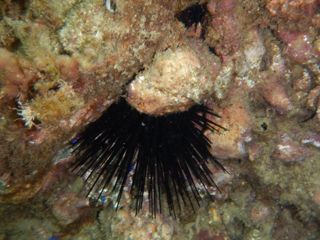
As mentioned for the previous image,
because California sheephead are more common inside marine reserves, they have a greater impact within reserves removing particular species they prefer to eat.
A graduate student studying this area, Patrick Robinson, has estimated that these black sea urchins (Centrostephanus coronatus) outnumber red and purple sea urchins
(Mesocentrotus franciscanus and Strongylocentrotus purpuratus) by more than a hundred fold in this reserve at the Wrigley Marine Science
Center on Catalina. Robinson attributes this to the black urchins having longer spines, so they are more difficult prey for the sheephead, and also different
activity patterns. Reds and purples are active during the day, when sheephead are also active, whereas black urchins retreat to protected crevices during the day
and come out to feed at night.
Also note that bluebanded gobies (Lythrypnus dalli) seem to hang out between the spines in conceivably a commensal or mutualistic association with the black urchins.
Source: 1 - 2
| 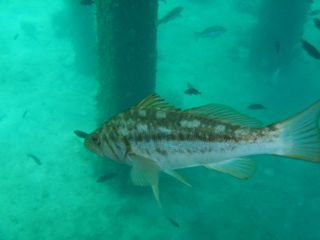
-
| 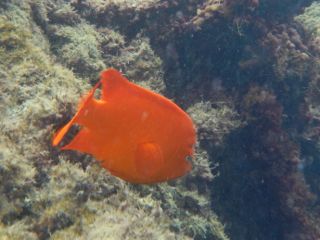
-
|
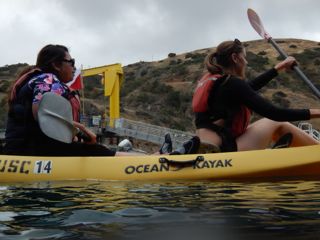
-
| 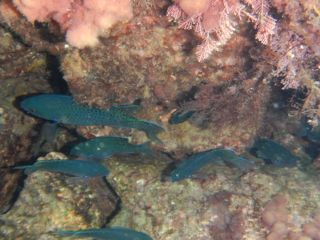
-
| 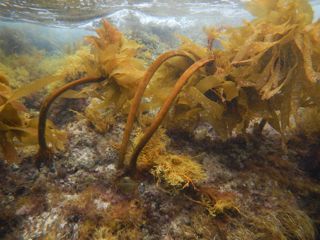
Eisenia arborea (southern sea palm) is a common shallow-water kelp in southern California to the central Pacific
coast of the Baja California Peninsula. It is rare north of southern California but patches do exist in some places.
|
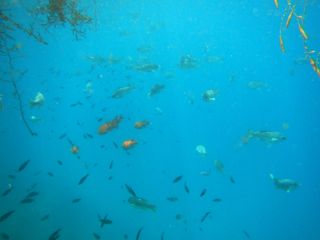
-
| 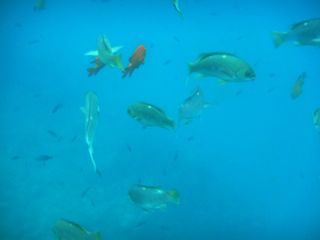
-
| 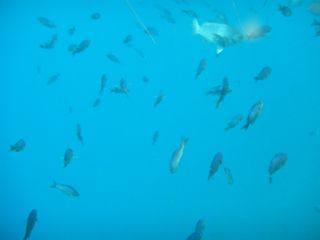
-
|
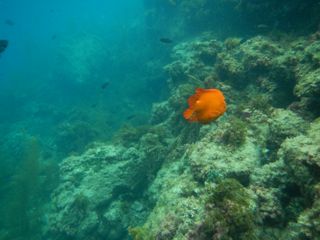
-
| 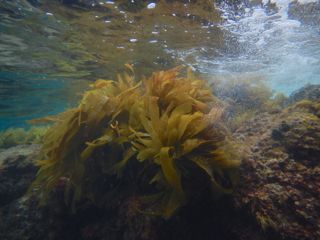
-
| 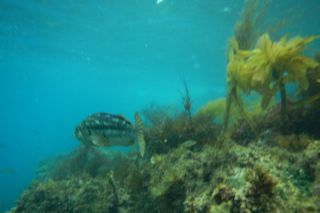
-
|
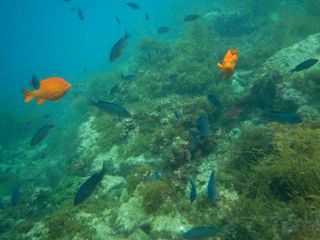
-
| 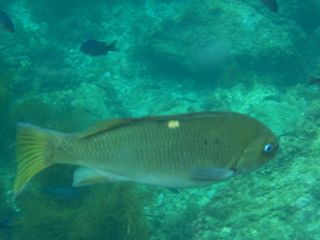
-
| 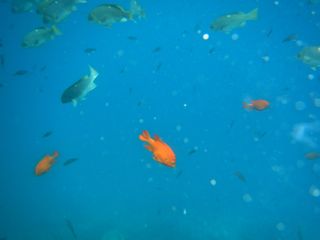
-
|
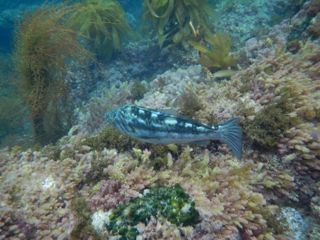
-
| 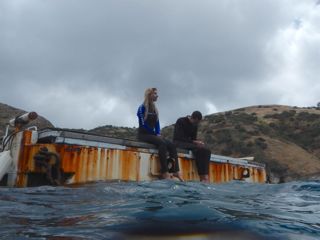
-
| 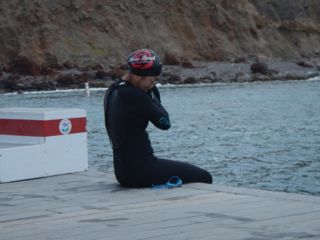
-
|
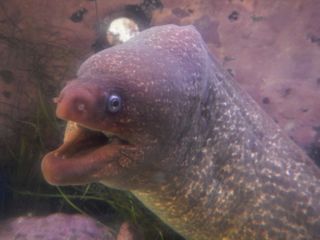
-
| 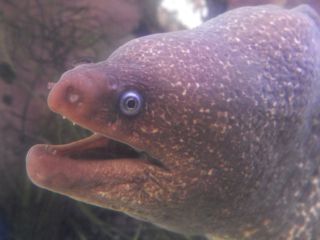
-
| 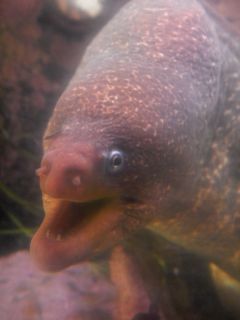
-
|
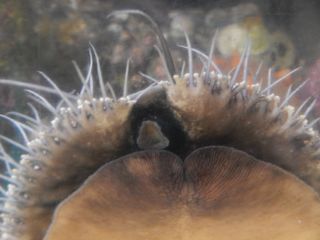
green abalone (Haliotis fulgens)
| 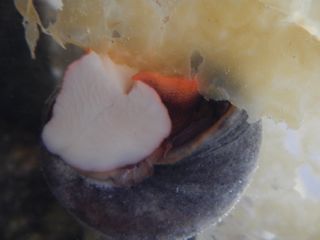
Norris's top snail (Norrisia norrisii)
| 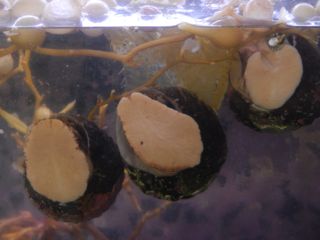
wavy top snails (Megastraea undosa)
|
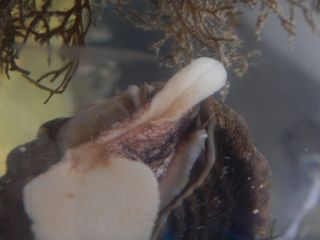
-
| 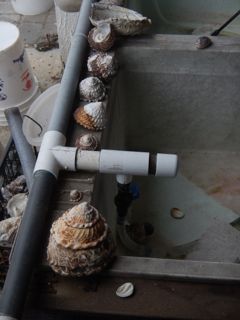
-
| 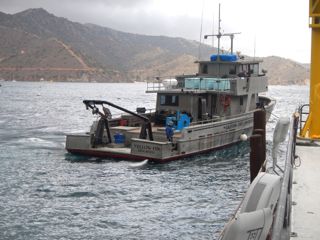
-
|
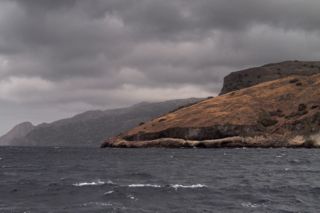
-
| 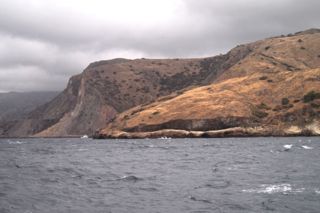
-
| 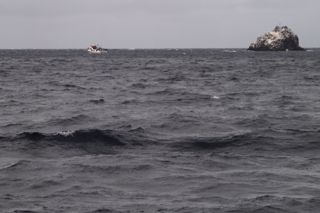
-
|
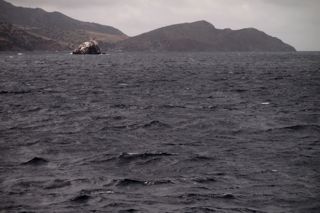
-
| 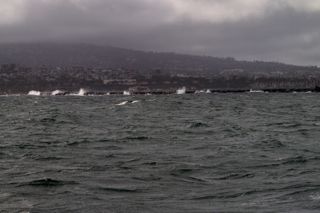
-
| 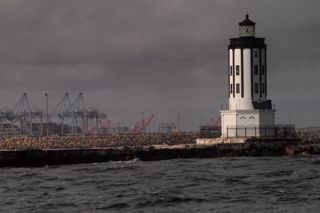
-
|
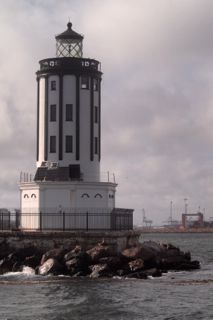
-
| 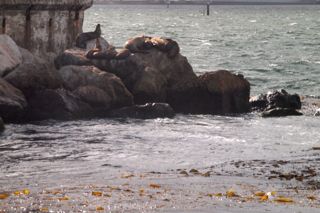
-
| 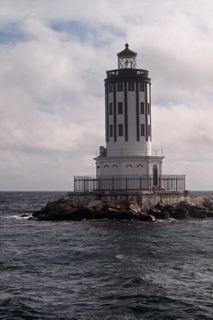
-
|
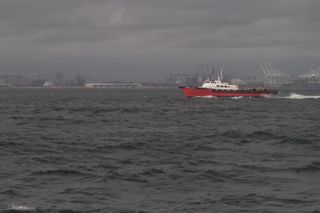
-
| 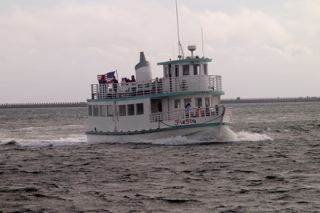
-
| 
-
|

-
| 
-
| 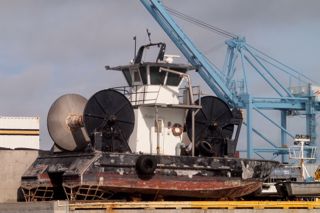
-
|
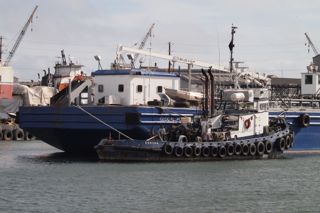
-
| 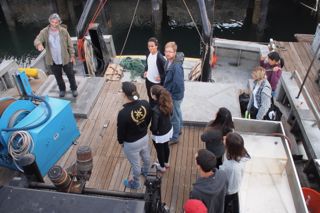
-
|
 Under Construction!
Under Construction! Under Construction!
Under Construction!